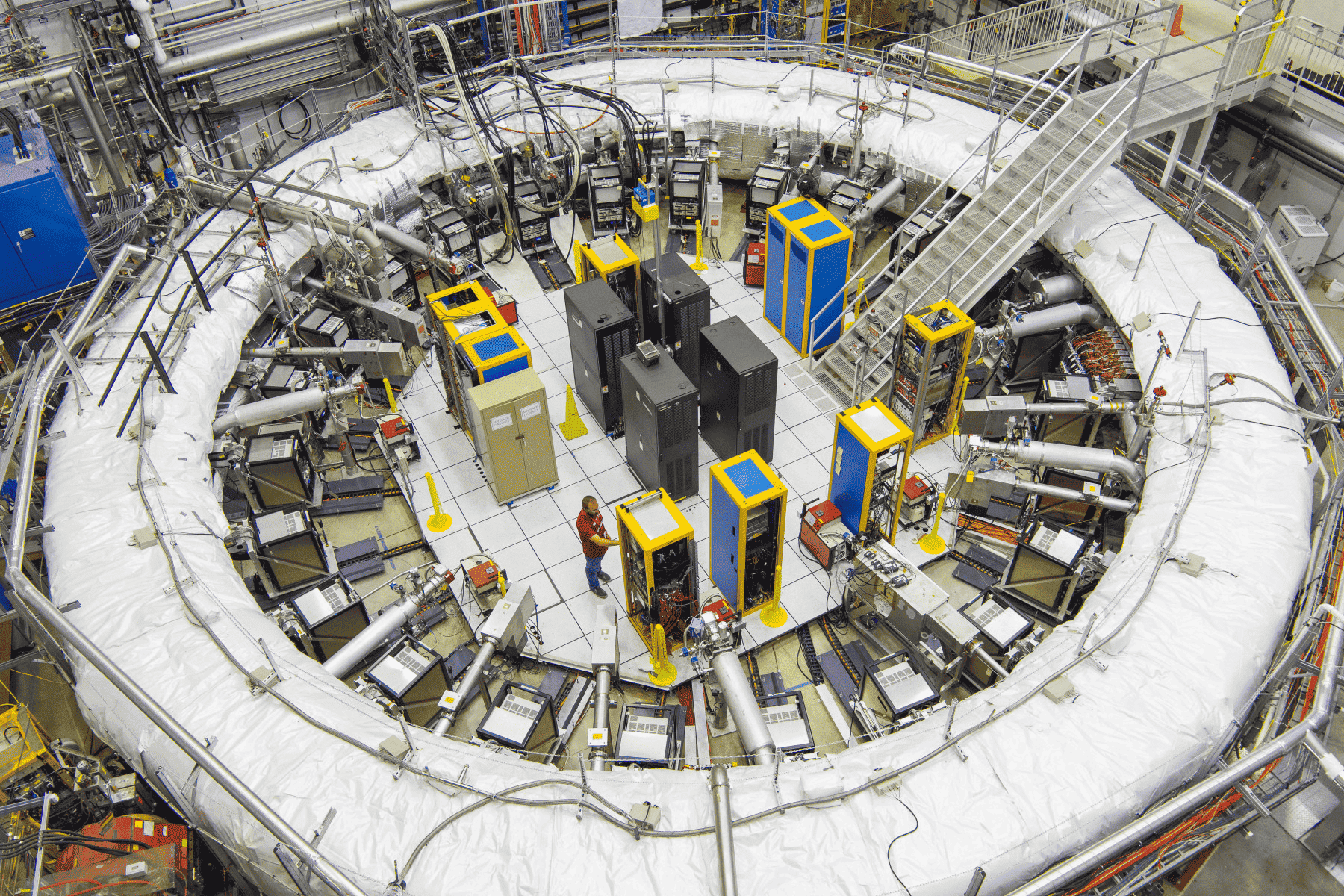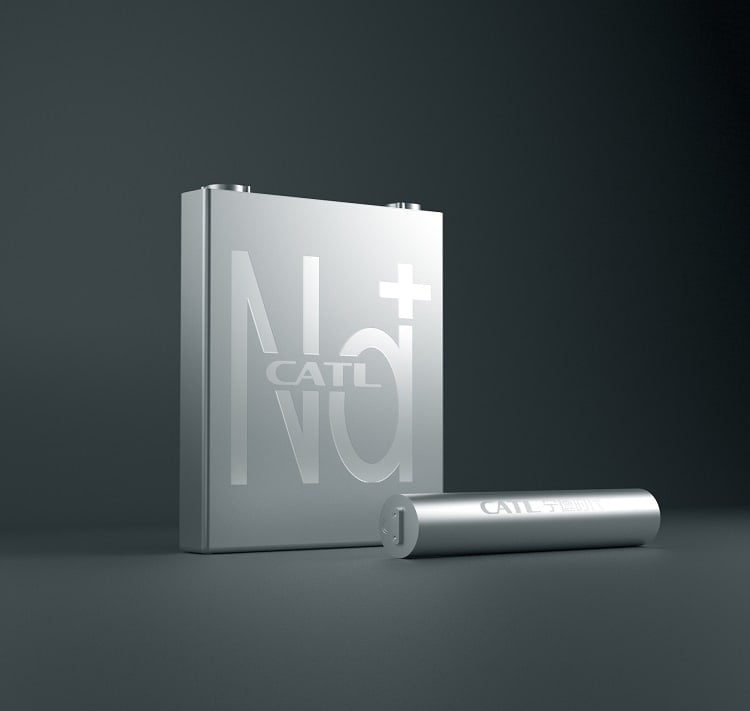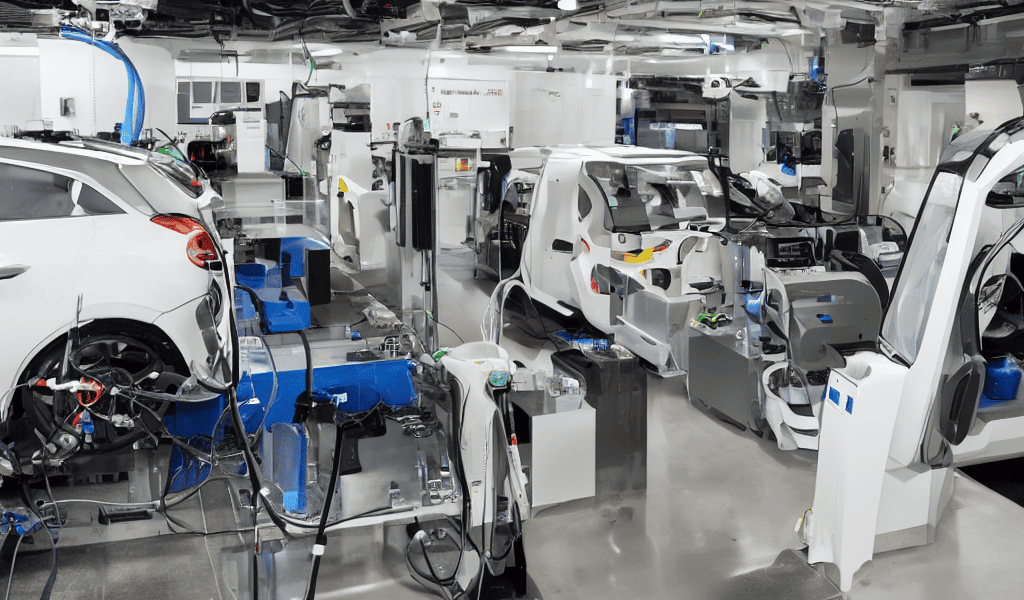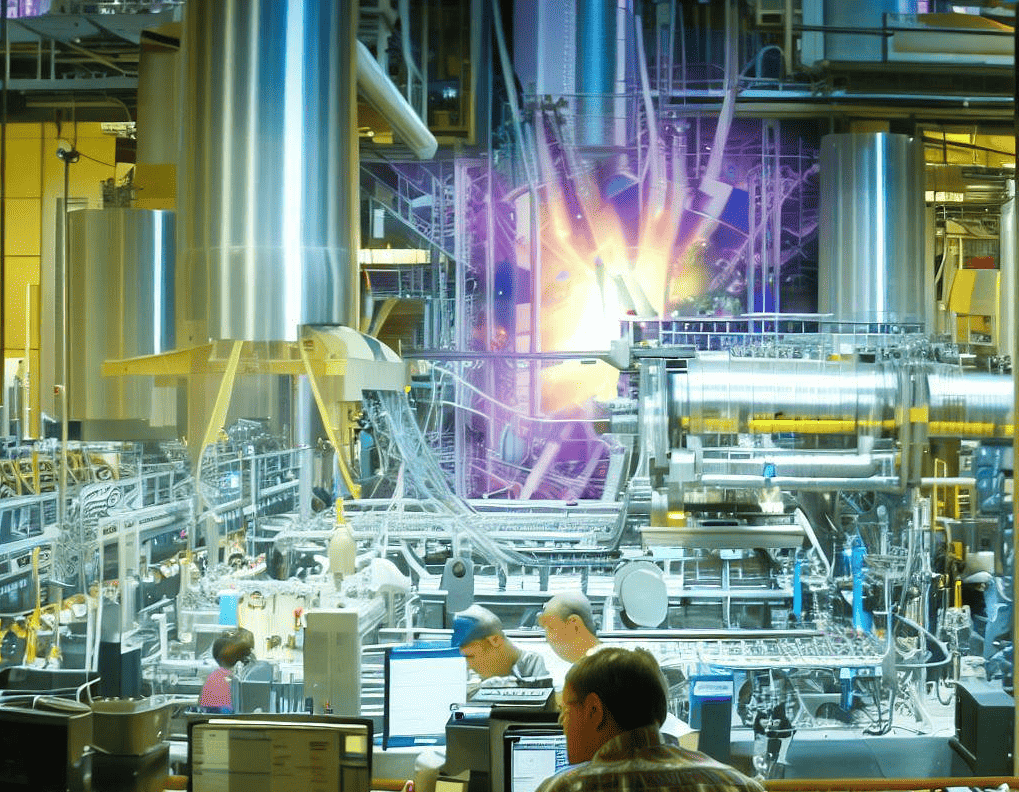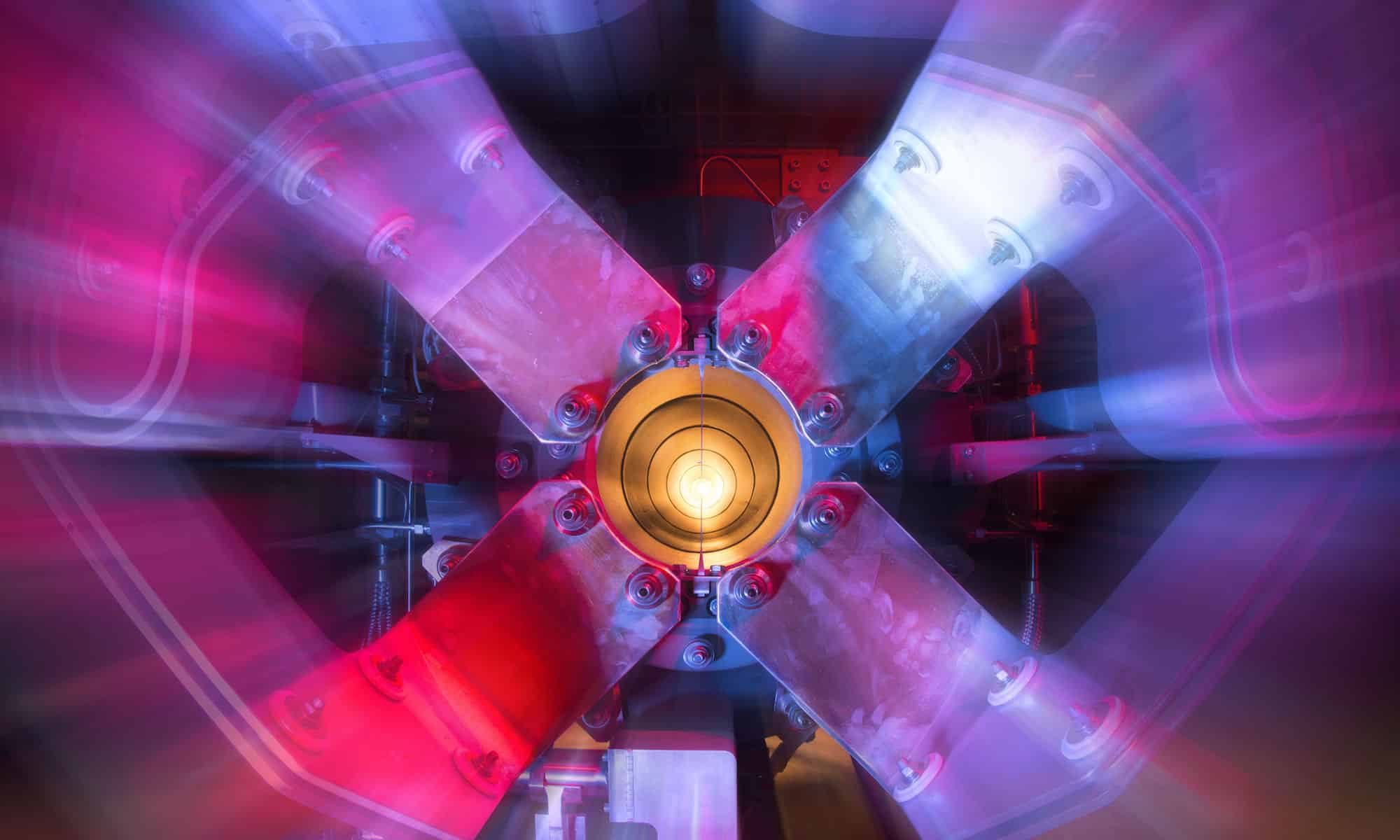
For the first time, scientists from the University of Rochester and international collaborators have created a beam of “ghost particles,” also known as neutrinos, at Fermilab in Batavia, Illinois. This beam, which is of high intensity, will allow researchers to indirectly measure protons and their structures by serving as a “ghost ruler.” The ultimate goal is to study the structure of protons.
Neutrinos are some of the most abundant particles in our universe, but they are extremely difficult to detect and study due to their lack of an electrical charge and nearly nonexistent mass. Thus, they are often referred to as “ghost particles” because they rarely interact with atoms.
The groundbreaking research, which was published in Nature, was led by researchers from the University of Rochester and part of the international collaboration called MINERvA (Main Injector Neutrino ExpeRiment to study ν-A interactions). The experiment is run by a team of nearly 70 scientists from 24 institutions and nine countries. MINERvA is located 100 meters underground at Fermilab and is designed to measure neutrinos interacting with a wide variety of materials.
According to Tejin Cai, the paper’s first author who is now a postdoctoral research associate at York University, the idea of using neutrinos to measure the size and shape of protons that make up an atom’s nucleus came while studying neutrinos as part of the MINERvA experiment. “We weren’t sure at first if it would work, but we ultimately discovered we could use neutrinos to measure the size and shape of the protons that make up the nuclei of atoms. It’s like using a ghost ruler to make a measurement,” said Cai.
Why Measure Proton Structure?
Atoms, and their protons and neutrons that make up an atom’s nucleus, are incredibly small and thus difficult for researchers to measure directly. So instead, scientists build a picture of what these particles look like using indirect measurements.
Measuring protons in this way is important for unlocking some of the greatest mysteries of particle physics, including how matter came to dominate anti-matter in the universe, allowing for the formation of planets and life.
How Does MINERvA Work?
MINERvA uses high-intensity neutrino beams to study neutrino interactions simultaneously on a wide variety of atomic nuclei, from helium to lead. By providing unprecedented data about the structure of an atom’s nucleus and the dynamics of the forces that affect neutrino-nucleon interactions, MINERvA can help answer questions about particle physics.



